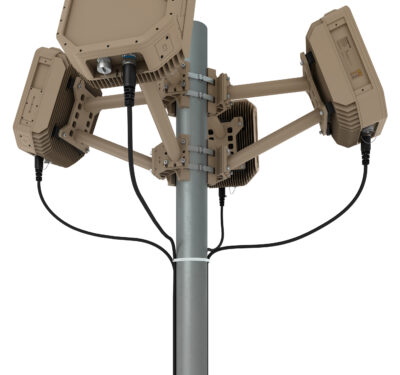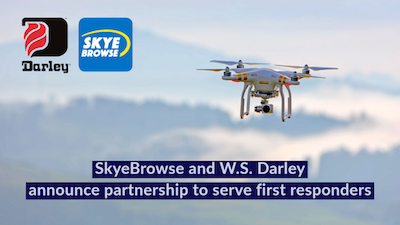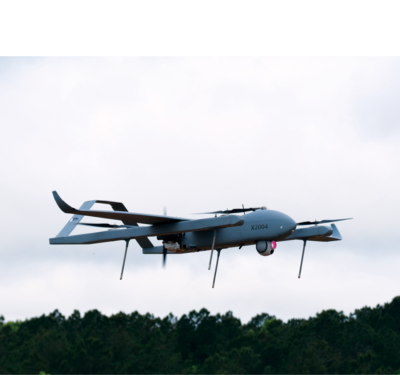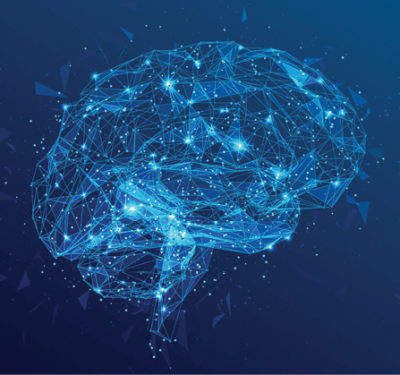Aaron Nathan is the founder and CEO of Point One Navigation, an entrepreneur and technical leader with over a decade of experience in cutting edge robotics and critical software/hardware development. He has led multi-disciplinary teams building complex systems in financial, defense and enterprise markets and has founded two venture backed startups. He has deep domain experience in sensor fusion, computer vision, navigation and embedded systems, specifically in the context of self-driving vehicles and other robotic applications.

Q: What is the focus of Point One Navigation’s technology?
A: At the heart of what we do is tightly coupled sensor fusion. We integrate sensors together, specifically things like GNSS and IMU [inertial measurement unit]. Our algorithms are fusing all that information together at each step, and then making a decision about every independent signal from the GPS receiver, from the IMU. Our Polaris RTK corrections network provides coverage globally.
Q: How do you achieve that type of sensor integration?
A: We’ve done a lot of work to optimize the algorithms that do this and have been able to fit into extremely resource constrained platforms. We’ve invented extremely accurate, “online converging calibration” algorithms. When you put our software and a bunch of sensors on a vehicle, it automatically learns what the very fine orientation of those sensors are. Now, all those pieces that we were tight coupling together, we know how they influence each other.
Q: How does Point One Navigation approach customer collaboration?
A: Our philosophy is you need to make sure you’re helping your customer get all the way to the point of it actually being installed and operating. If you put your IMU on a rate table and calibrate all those biases, that doesn’t help you understand how that IMU is oriented to the front of the vehicle or how the IMU is soldered onto the circuit card.
Q: What is the technology’s relationship to other pieces of a customer’s technology stack?
A: We are a little bit like the Intel Inside concept, where we don’t make the end products that ultimately customers love, but we are a big part of why they love them. And I think that’s a big piece of how I like to think about our value to customers. It’s a larger number of smaller machines trying to do simpler tasks. Customers are looking for something that’s fast to provision, and it has to be mass market priced. We hit all of those elements.
Q: What are areas of technological development you’re excited about in the near future?
A: There’s a lot of opportunity where the purpose of location is to make the digital and physical worlds align with one another, whether you actually need that to be a robot that’s operating in the physical world, or you’re trying to help a human deliver a package more accurately. And then, on the other end of the spectrum, we do things on handsets to some degree, and that’s becoming more and more prevalent. And lastly, the robotics industry, where we do everything from UAS to lawnmowers. I think that’s one of the most exciting categories, and it’s still very early.






